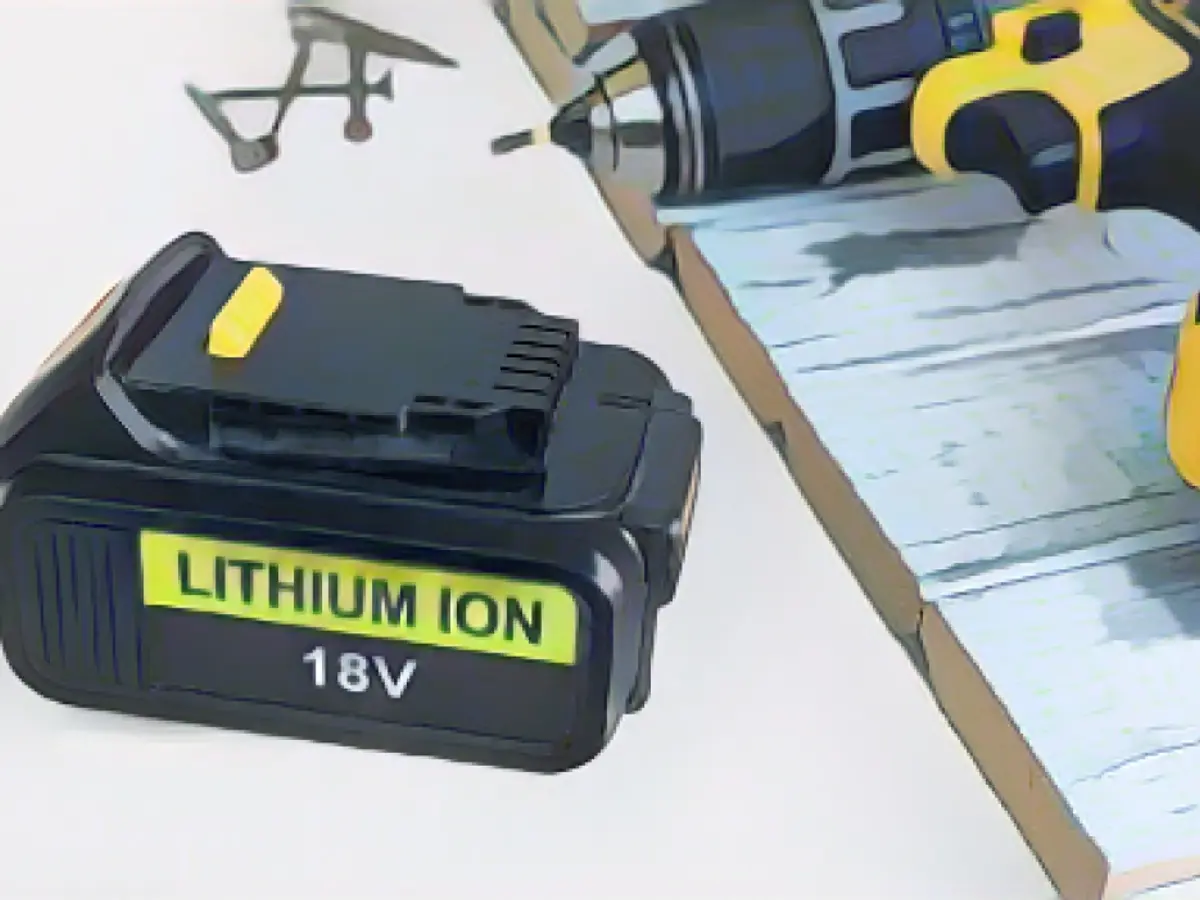Tackling Battery Drain in Cold Weather
Cold temperatures pose a challenge for lithium-ion batteries, causing them to lose charge faster and become unchargeable below approximately 40 degrees. This happens due to a slowdown in the chemical reactions that power these batteries at lower temperatures. This can be frustrating, especially if you rely on battery-powered tools for winter activities like snow removal.
To ensure your batteries perform optimally in cold conditions, consider these strategies:
Proper Storage
During winter months, store your tool batteries in a climate-controlled environment. If your garage isn't heated, keep the battery and charger in a closed space to prevent damage and avoid preheating the battery before charging, which can lead to battery damage.
Carry Your Batteries Warm
If you're not using your tool outside in the cold, you can use the pocket method to keep it warm. Store spare batteries or replacements in a jacket pocket or inner pocket close to your body to maintain their temperature and prevent drainage when unused.
Operate Your Tool
Running your device in the cold keeps the battery slightly warmer, but prolonged operation can reduce battery life. This might be alright for short-term projects, but for long-term usage, you'll need additional measures.
Use Battery Covers
For prolonged use, consider using battery covers to maintain battery warmth. These covers, often made from silicone or neoprene foam, allow for less frequent battery swaps.
Insulated Carriers
If you need to charge your battery outside or maintain a desirable temperature range for charging, consider using an insulated carrier such as an insulated lunchbox or cooler bag. An insulated, cloth bag can keep a charged battery warm, and the cord can be threaded through the opening for charging. Hard-shell coolers require slots cut into the edge for cable passage, but they keep the heat in while charging.
Hand Warmers
Hand warmers can be helpful in extreme conditions and can be used in conjunction with insulation methods for bags and coolers. Disposable or reusable hand warmers can provide supplemental heat and are suitable for situations needing extra warmth to avoid battery freeze.
Household Storage
To protect your tool batteries from draining in the cold, store them indoors during winter as well. By preserving battery life in your house, you can extend the life of your batteries and prevent accidental drains.
Regular Maintenance
Regularly monitor the charge level and temperature of your batteries to prevent long-term damage. Low battery levels can cause damage, and excessively low temperatures can lead to freezing and other performance issues.
By implementing these strategies and taking regular battery maintenance into account, you can optimally preserve and use your lithium-ion batteries in cold weather conditions.
Source: aussiedlerbote.de
Enrichment Data: To keep lithium-ion batteries working efficiently in cold temperatures, take the following steps:
- Store Batteries Properly:
- Keep lithium-ion batteries at a 50% charge and in a cool, dry location with temperatures between 10°C and 35°C (50°F and 95°F) [2].
- Avoid storing in extreme cold or heat.
- Monitor Temperature and Charge Levels:
- Regularly check battery charge levels to prevent depletion [2].
- Monitor battery temperature to prevent charging or discharging in extremely cold conditions.
- Use Low-Temperature Protection Systems:
- Implement protection systems that monitor battery temperature and prevent charging or discharging at low temperatures [1].
- Pre-Heat Batteries Before Charging:
- Use pre-heating mechanisms to warm up the battery before charging in extremely cold conditions [3].
- Insulate Batteries:
- Use insulated enclosures or battery blankets to protect the battery and maintain a stable temperature [3].
- Limit Discharge Depth:
- Avoid deep discharges during cold weather to prevent battery damage [3].
- Regular Monitoring:
- Regularly monitor battery temperature and voltage levels to ensure they remain within safe operating ranges [3].
- Implement Advanced Battery Management Systems (BMS):
- Modern lithium-ion batteries often feature built-in BMS that monitor temperature and charge/discharge processes [3].
By following these steps, you can maintain optimal performance and longevity of your lithium-ion batteries in cold weather.








